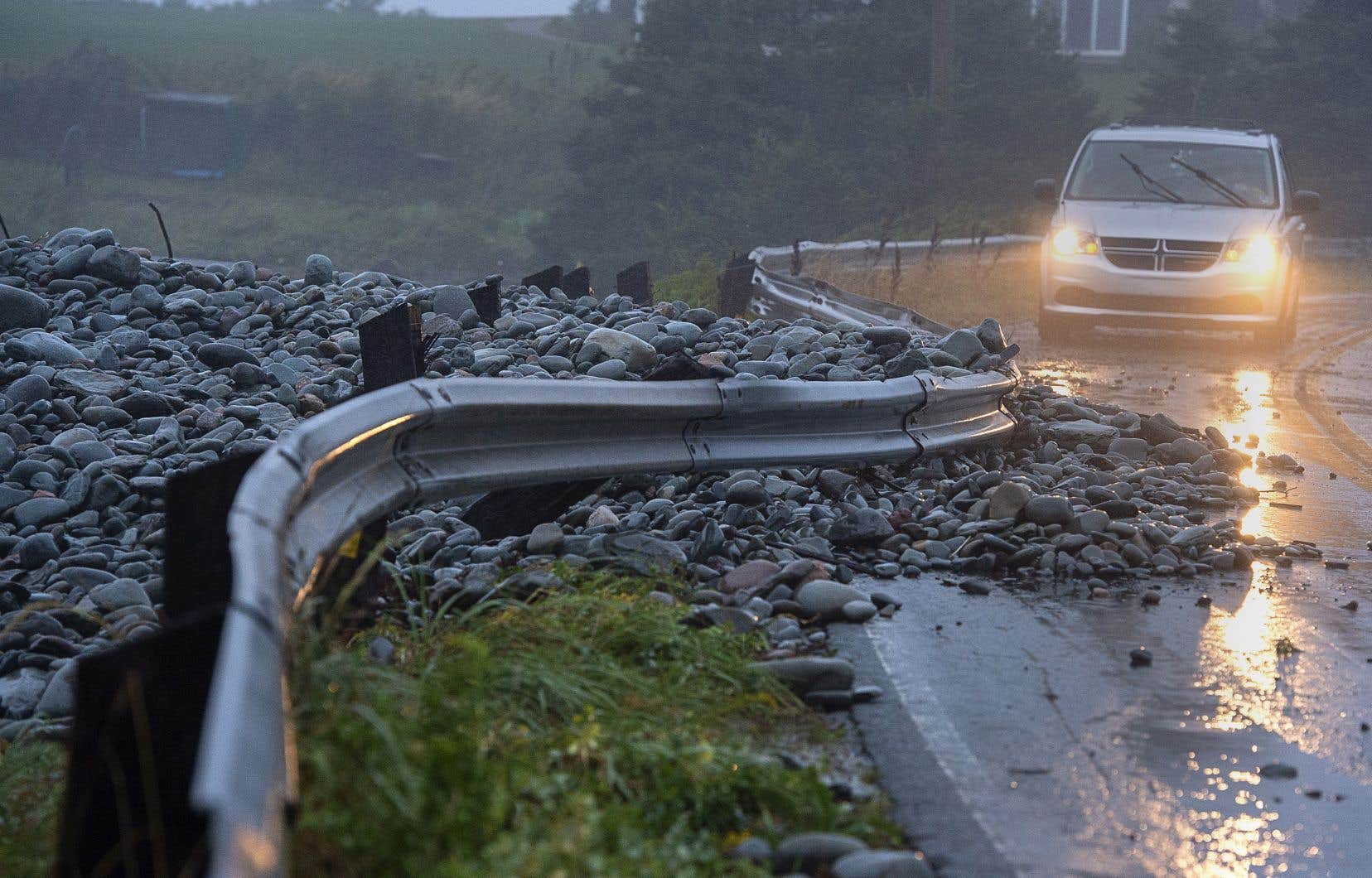A Canadian study estimates that half of the benefits of economic growth will soon be devoted to repairing the damage caused by climate change. Then the situation will quickly deteriorate, unless we succeed in slowing the warming of the climate, but also make efforts to adapt to it.
Climate change will cost the economy more and more over the next few years, the Canadian Climate Institute (CCI) warns in a report officially released on Wednesday and authorized reduce damage. The damage they already do in terms of property destruction, accelerated consumption of infrastructure, preventable disease and loss of life is expected to reach $25 billion in Canada in 2025, or half the increase in gross domestic product (GDP) for that year. And if nothing changes, the bill will only rise after that, reaching between 78 billion and 101 billion in 2050, and then between 391 and 865 billion at the end of the century.
The bill promises to be higher for families, particularly those with less financial margins, the report’s authors continue. Affected, among other things, by the consequences of the accelerated destruction of infrastructure on production costs and by reduced labor due to heat and disease, the average annual income of each Canadian will fall by $720 in three years compared to what it is now. It was without climate change. This amount will be from $1,900 to $2,300 in 2050, and could exceed $10,500 annually in 2095.
Part of this poverty will come from the growing needs of struggling governments for roads, buildings and urban infrastructure that will require increasingly frequent and expensive repairs and reconstruction, not to mention the increase in health costs due to pollution.
All losers more or less
International Criminal Court experts say all these estimates may be conservative. Like an iceberg from which only the tip of the iceberg can be seen, many very real but difficult to estimate economic risks are also likely to be felt, such as the increase in mental health problems, the increase in the number of climate refugees and the degradation of ecosystems that provide vital ecological services.
Quebec will be one of the places where these negative economic fallout will be weakest in Canada, away from the northern regions and Alberta, among others, because climate warming should bring more water to its hydroelectric dams. The agricultural sector can also see an increase in its yields and the construction sector can benefit from all this infrastructure that needs to be rebuilt, but the losses incurred by all other sectors will erase these gains.
Reduce and adapt
It is clear that fulfilling promises to reduce greenhouse gases will help limit this growth in costs attributable to climate change. But it would be better if we take into account the changes taking place, and if public authorities and private companies commit without further delay to “proactive adaptation” to the new climate reality.
These two types of measures have the potential to reduce the economic cost of climate change by 50%, but if implemented in parallel, they can reduce the bill by 75%.
Adaptation measures alone have the potential to turn a dollar of investment into $5 of direct damage cost reductions, plus another $10 of broader economic benefits, for a total of $15.
The upcoming unveiling of Canada’s first strategy for adapting to climate change may help governments and companies do a better job in the field, ICC experts hope. But right now, Canada is lagging further than it is when it comes to reducing greenhouse gases.
Let’s see in the video

“Subtly charming problem solver. Extreme tv enthusiast. Web scholar. Evil beer expert. Music nerd. Food junkie.”

